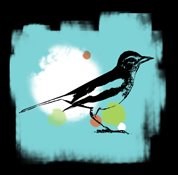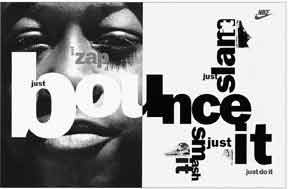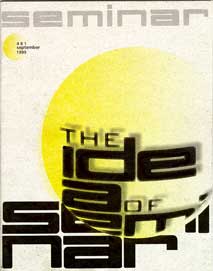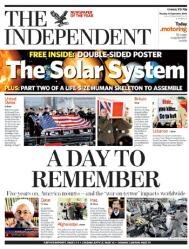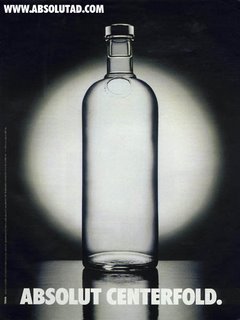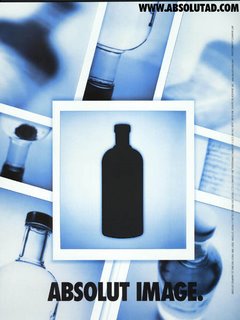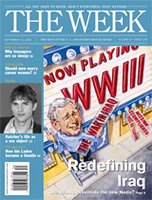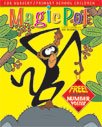Publishing: 5 Steps to Publishing Nirvana
Robert Sacks, a consultant to the printing/publishing industry and president of The Precision Media Group has a word of encouragement for publishers in his article: 5 Steps to Publishing Nirvana:
"Have no fear about your chosen profession. The process of information distribution is not going to go away. Indeed, it is accelerating at an unprecedented rate. What you need to consider is the true value of your information to the general public and the process by which you distribute this knowledge.
Five easy steps to publishing nirvana:
1 Who is my target audience?
2 Where is my targeted audience?
3 What is the real value of my edit (information) to that audience?
4 What is the most efficient method to reach the maximum targeted audience?
5 How do I keep my information valuable and fresh for my targeted audience?
These may seem like simple concepts on the surface, but they are not. On the atomic level, it can all be distilled down to the simple equation of RV = RP or, for the laymen, real value equals real profit. In this era of abundant information, is your edit of any real value? If so, how valuable is it? If it is valuable, to whom is it valuable? This is where the concept of niche comes into play. ...
Read the entire article on pubexec.com
Labels: Publishing
